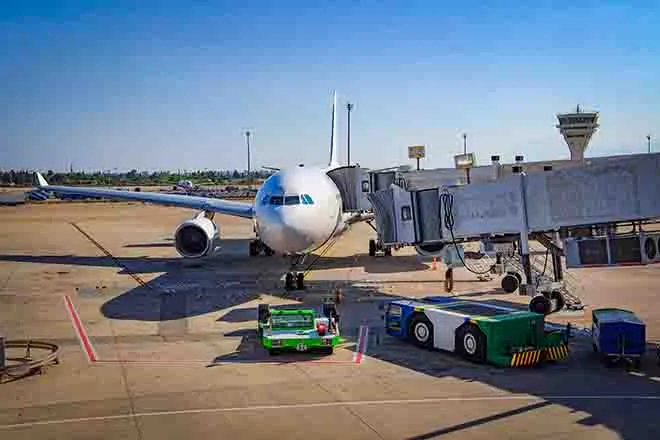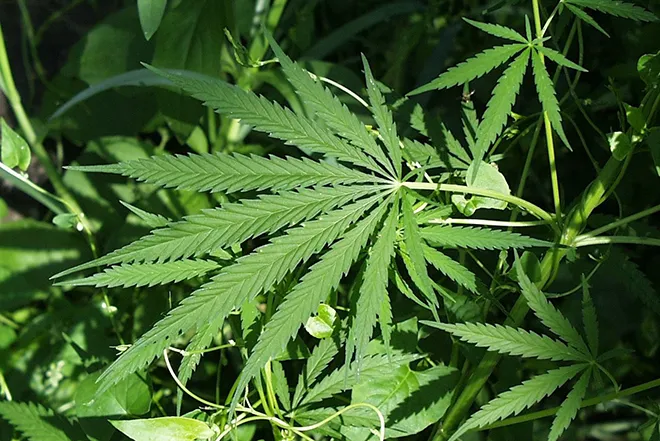
Utah kicks off 2023 'Clear the Air' Challenge
(Utah News Connection) The 14th annual Clear the Air Challenge in Utah begins July 1. The month-long challenge is designed to encourage Utahns to reduce their vehicle emissions by choosing alternatives to driving alone.
The challenge is to use other modes of transportation. This might mean carpooling, using public transportation, walking or biking - as well as consolidating trips or working from home when you can.
Kim Frost, executive director of the Utah Clean Air Partnership, said nearly half of the pollutants that contribute to Utah's poor air quality can be attributed to emissions from cars and trucks. Frost said the alternatives can not only help improve air quality, but could also save you time, money and gas.
"This is really a way to bring attention to that," she said, "and help Utahns understand how they can be part of that solution and reduce our emissions by just making small, simple changes."
Frost said the event is all about community action and encouraging participation. Since the first year of the Clear the Air Challenge in 2009, Utahns have made 1.3 million fewer trips, saved more than 20 million miles and reduced their emissions by more than 6,700 tons. You can register at cleartheairchallenge.org.
In years past, Frost said, the challenge would take place in February, which is when Utah typically experiences the winter inversion period, when air quality visibly deteriorates. This year, the event will take place in July to address the state's summertime ozone issues. Frost added that summer ozone isn't as visible as the winter inversion, but its effects on health are equally as harmful.
"We have some ozone issues in Utah, particularly along the Wasatch Front, that are causing us more and more concern," she said. "And so, we wanted to get people involved in the challenge in July, so that they not only make changes in summer when we need it, but also, it's an education opportunity for us."
Frost added that Gov. Spencer Cox has invested what she calls "huge amounts" into active transportation trails, specifically designed for people on conventional and electric bikes as well as pedestrians, all in an effort to reduce commuter traffic.

















